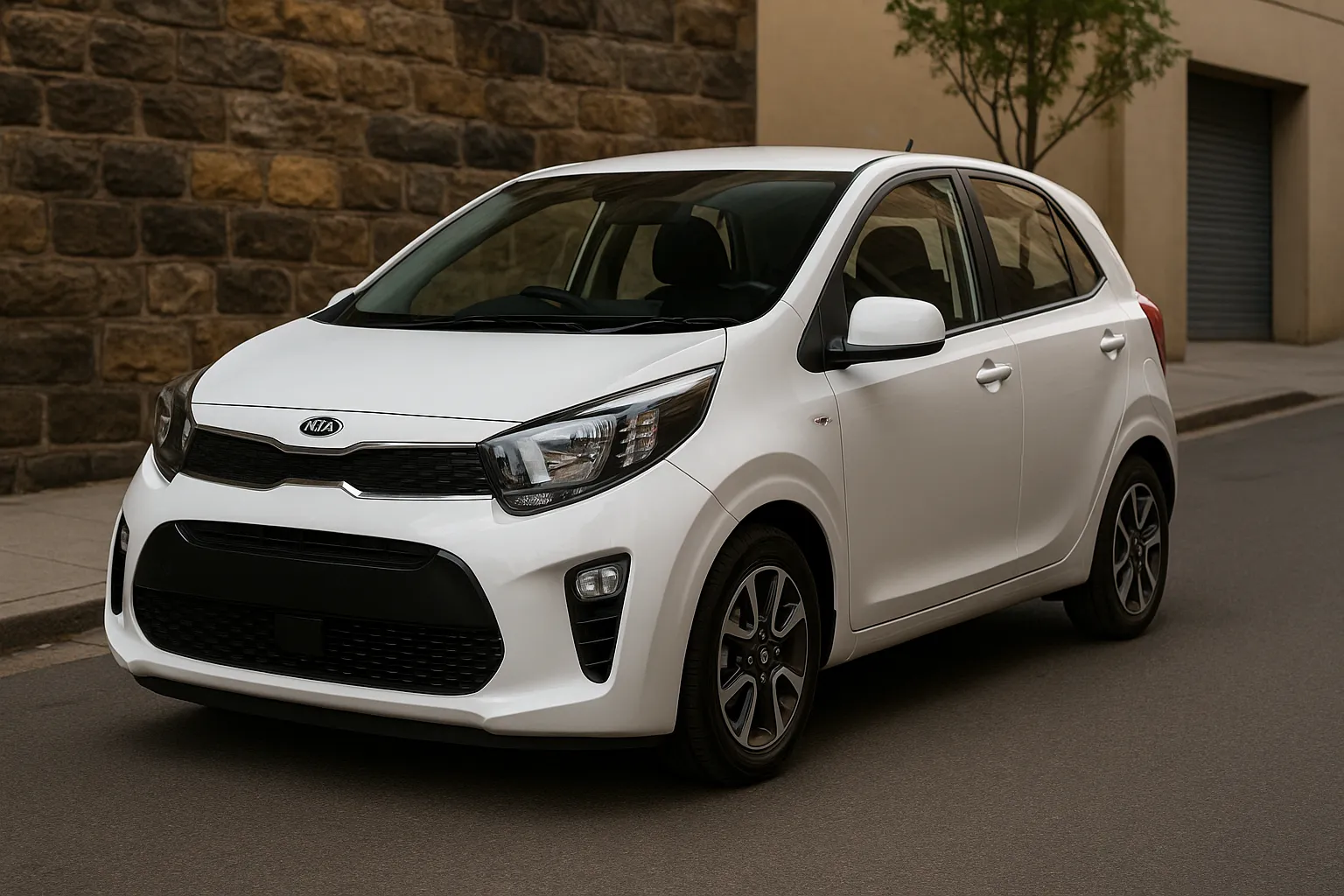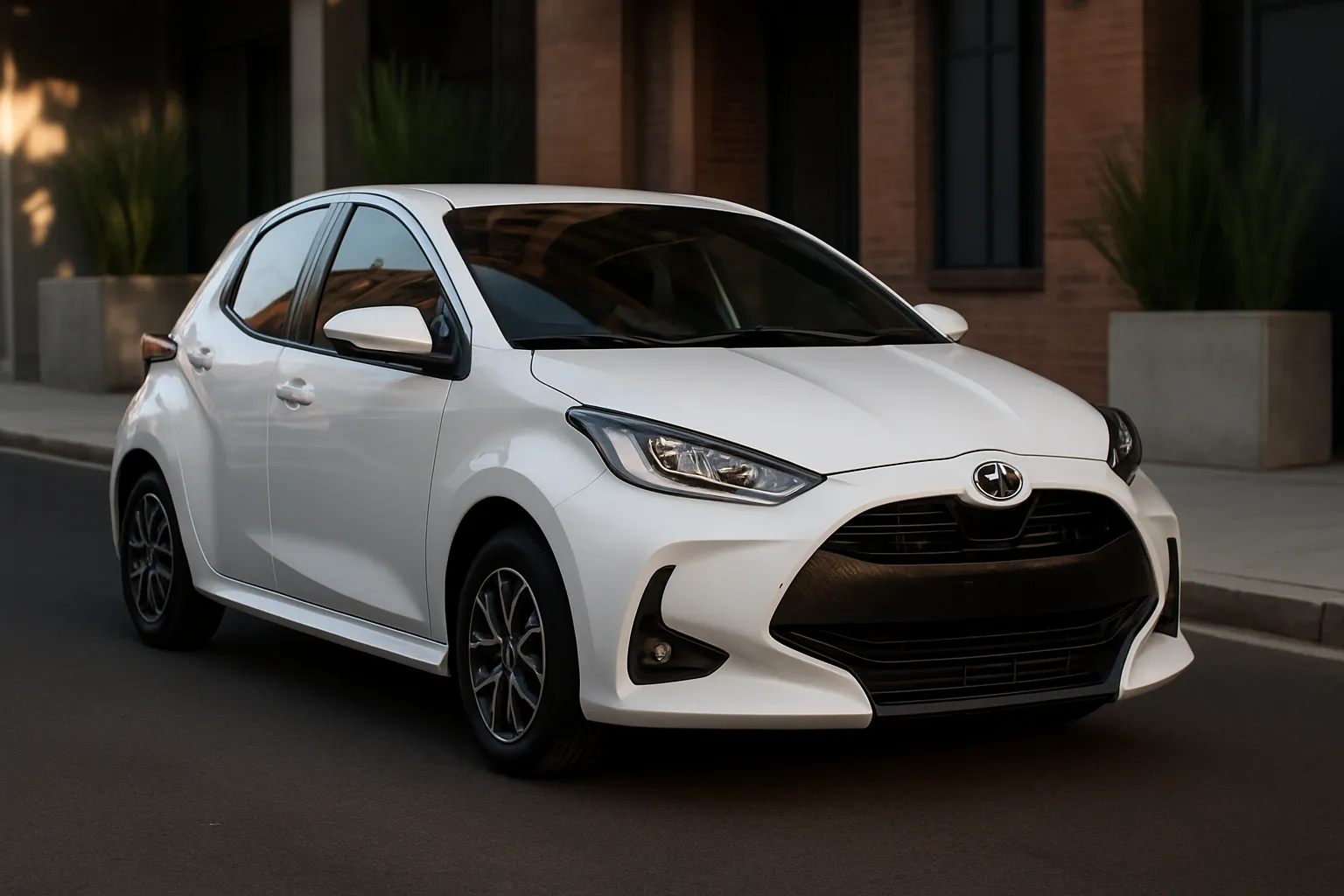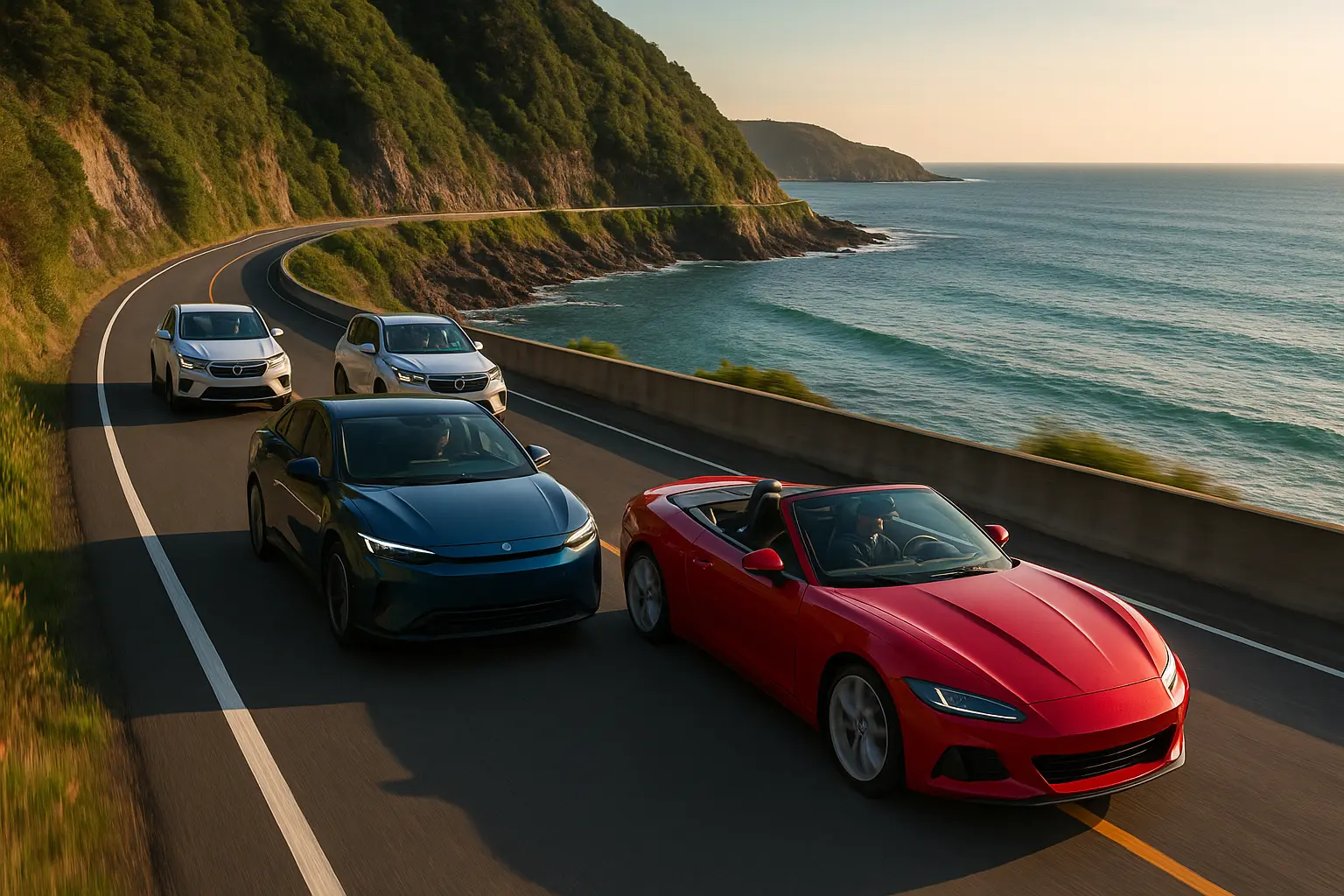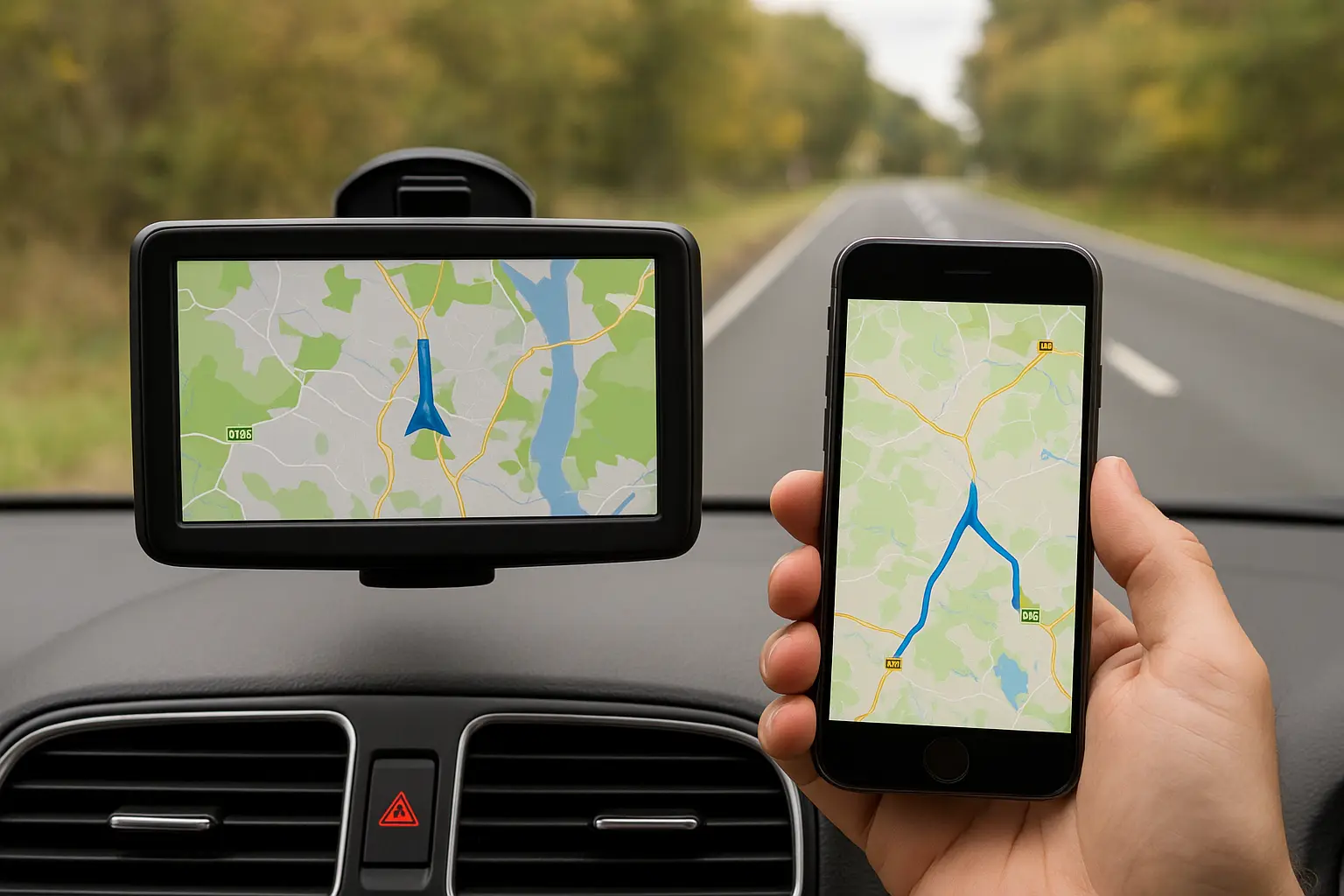Best Small Cars in Australia for City Living and Parking Ease
Australia’s cities are vibrant, bustling, and often plagued by congested traffic and tight parking spaces. Whether you're in Sydney’s Inner West, Melbourne’s CBD, or Brisbane’s South Bank, maneuvering and parking can become a daily headache—unless you’re behind the wheel of a cleverly designed small car.
But not all small cars are equal. Some offer impressive fuel efficiency, others boast the latest tech, and a few deliver surprisingly fun driving dynamics. This comprehensive guide explores the best small cars in Australia for 2025, helping you find the perfect match for zipping through traffic, squeezing into tight spots, and doing it all in style.

Why Small Cars Make Sense in Aussie Cities
- Maneuverability: Compact dimensions make for nimble driving in tight streets.
- Parking Convenience: Easier to find spots and fit into parallel parks.
- Fuel Efficiency: Smaller engines and lighter weight mean less fuel burned.
- Affordable Ownership: Generally cheaper to buy, insure, and maintain.
- Technology & Safety: Modern small cars now pack advanced features and 5-star safety ratings.
Top Small Cars for 2025 – Our Picks
1. Toyota Yaris
From: $24,800 (Drive-away)
Why It Stands Out: Reliable, safe, fuel-sipping.
The Toyota Yaris remains a staple in the small car segment for good reason. It’s compact without feeling cramped, boasts Toyota’s legendary reliability, and the hybrid variant sips just 3.3L/100km.
- Pros:
- Hybrid option with outstanding fuel economy
- Standard AEB and lane departure alert
- Compact yet high-quality interior
- Cons:
- Pricier than some rivals
- Limited rear seat space
Best for: Urban commuters prioritising fuel savings and tech features.
2. Mazda 2
From: $22,720 (Drive-away)
Why It Stands Out: Premium interior feel in a small package.
The Mazda 2 blends premium looks and build quality with city-friendly dimensions. It’s engaging to drive, comes with plenty of standard features, and its SkyActiv engine is efficient yet peppy.
- Pros:
- Quality cabin for the price
- Easy to drive and park
- Low running costs
- Cons:
- Boot space could be better
- Rear seats a little tight
Best for: Young professionals who want a stylish urban ride.
3. Kia Picanto
From: $17,890 (Drive-away)
Why It Stands Out: Australia’s most affordable city car.
The Kia Picanto is the go-to entry-level car for city living. Despite its budget price, it comes packed with features like an 8-inch touchscreen and Apple CarPlay. Its compact size is a dream for inner-city parking.
- Pros:
- Extremely compact for city traffic
- Fantastic value for money
- Long 7-year warranty
- Cons:
- No ANCAP rating for latest model
- Limited highway power
Best for: First-time buyers and budget-conscious city drivers.
4. Suzuki Swift
From: $24,490 (Drive-away)
Why It Stands Out: Fun to drive, good on fuel, and looks sharp.
The Swift has long been loved for its light weight and fun drive. It now comes with a mild-hybrid option for extra efficiency, while still offering agility and a confident ride.
- Pros:
- Great handling and cornering
- Economical engine
- Sporty design
- Cons:
- Smaller infotainment screen than rivals
- Limited boot capacity
Best for: Drivers wanting a sporty feel in a compact form.
5. Hyundai i20
From: $24,990 (Drive-away)
Why It Stands Out: Practical and premium with a sharp design.
The i20 comes well-equipped, especially in the N Line trim, which adds turbo power and sports styling. It’s a bit larger than some rivals but still agile enough for city life.
- Pros:
- High feature content
- Turbocharged option
- Strong safety suite
- Cons:
- Price creeps into larger car territory
- Rear visibility could be better
Best for: Those seeking features and fun in a small car.
6. Volkswagen Polo
From: $28,990 (Drive-away)
Why It Stands Out: A premium European hatch with solid quality.
If you’re after refinement, the VW Polo is a standout. It's surprisingly spacious, very well built, and loaded with tech like digital instruments and adaptive cruise (on higher trims).
- Pros:
- Excellent build quality
- Spacious for its class
- Smooth, quiet ride
- Cons:
- More expensive than Asian rivals
- Servicing costs are higher
Best for: Urbanites who want a taste of European flair.
7. MG3 (All-New for 2025)
From: $23,990 (Drive-away)
Why It Stands Out: Budget-friendly hybrid for the masses.
The new MG3 finally brings a hybrid drivetrain to the popular budget hatch. It’s feature-rich, fuel-efficient, and stylish—without the premium price.
- Pros:
- Hybrid efficiency
- Massive value-for-money
- Modern design and infotainment
- Cons:
- New model yet to prove long-term reliability
- Smaller boot
Best for: Cost-conscious drivers wanting a hybrid without stretching the budget.
8. Honda Jazz (Overseas Only – Import Watch)
Note: While no longer sold new in Australia, the Honda Jazz is a fantastic used buy. It’s one of the most practical small cars ever made, with Magic Seats, roomy cargo space, and excellent visibility.
Best for: Used car buyers wanting the ultimate space-efficient hatch.
Key Features to Look for in a City-Friendly Small Car
When shopping for a small car specifically for city life, here’s what you should prioritise:
✔️ Compact Dimensions
The smaller the footprint, the easier it is to navigate tight laneways and parallel parks. Look for a car with a length under 4.1 metres.
✔️ Reverse Camera & Parking Sensors
Standard on most new models, but crucial for squeezing into tight spots.
✔️ Fuel Efficiency
Urban traffic means a lot of idling and stop-start movement. Hybrid or small petrol engines tend to do best in these conditions.
✔️ Connectivity
Apple CarPlay, Android Auto, and Bluetooth hands-free keep you connected on the move.
✔️ Safety
Look for ANCAP 5-star ratings, AEB (Autonomous Emergency Braking), lane assist, and blind spot monitoring.
The Rise of Tech in Small Cars
Today’s small cars are punching above their weight when it comes to technology. Some features that were once exclusive to high-end sedans or SUVs are now found in city hatchbacks:
- Digital Instrument Displays (Volkswagen Polo)
- Wireless Apple CarPlay (Kia Picanto GT)
- Lane-keep Assist and Adaptive Cruise (Toyota Yaris, Hyundai i20)
- Hybrid and Mild-Hybrid Options (Yaris, Swift, MG3)
Budget Breakdown – Ownership Costs Matter
Here’s a quick comparison of typical ownership costs across some of our top picks (based on average city driving and yearly use):
| Model | Avg. Fuel Use | Annual Service | Rego + Insurance (Est.) |
|---|---|---|---|
| Toyota Yaris | 3.3L/100km | $220–$260 | ~$1,100/year |
| Kia Picanto | 5.0L/100km | $230–$280 | ~$950/year |
| Mazda 2 | 5.3L/100km | $270–$310 | ~$1,100/year |
| MG3 Hybrid | 4.2L/100km | $250–$300 | ~$1,050/year |
| VW Polo | 5.4L/100km | $350–$450 | ~$1,300/year |
Best Small Car for You – Quick Recommendations
| Best For... | Recommended Car |
|---|---|
| Tightest Parking Spots | Kia Picanto |
| Most Fuel-Efficient | Toyota Yaris Hybrid |
| Most Tech Features | VW Polo |
| Best Budget Option | MG3 Hybrid |
| Most Fun to Drive | Suzuki Swift |
| Best Interior Quality | Mazda 2 |
Final Thoughts: The Small Car That Fits You Best
Choosing a small car for city living is about striking a balance between space, efficiency, and livability. Whether you prioritise fuel savings, interior tech, or ease of parking, there’s a compact vehicle on this list ready to become your daily city companion.
The Australian small car market in 2025 is alive and well, and despite the rising tide of SUVs, hatchbacks continue to offer unmatched convenience for urban driving.
From the frugal Yaris Hybrid to the stylish Mazda 2 and ultra-compact Kia Picanto, you have excellent options. Use this guide to test-drive the ones that suit your needs and driving habits, and enjoy effortless city living in your perfect small car.
Leave a comment
Your email address will not be published. Required fields are marked *




